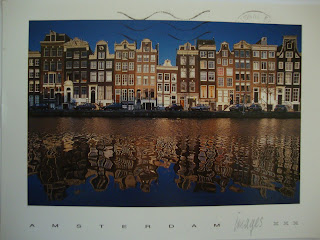
Eastern Rhodopes Mountain
Mountain range in Southeastern Europe, with over 83% of its area in southern Bulgaria and the remainder in Greece. Its highest peak, Golyam Perelik (2,191 m), is the seventh highest Bulgarian mountain. The region is particularly notable for the Karst areas with their deep river gorges, large caves and specific sculptured forms, such as the Trigrad Gorge.
The Eastern Rhodopes are spread over a territory of about 34% of the mountains' area in Bulgaria, constituting a much lower part.
The large artificial dams Kardzhali and Studen Kladenets are located in this part of the mountains. The region is rich in thermal mineral springs. The waters around Dzhebel have national reputation for healing various diseases. Belite Brezi is an important healing centre for respiratory and other ailments.
Almost every species of the European birds of prey nestle in rocks and forests of the Eastern Rhodopes including the extremely rare Black vulture, Egyptian vulture and others.
In this postcard:
1. The Devil's bridge - XIV c.,near Ardino village
2. Rock phenomenon ''the stone wedding'' near Zimzelen village
3. Rock phenomenon ''the Mushrooms'' near Beli plast village
4. The stone Sanctuary ''Eagle rock'' near Ardino village

















